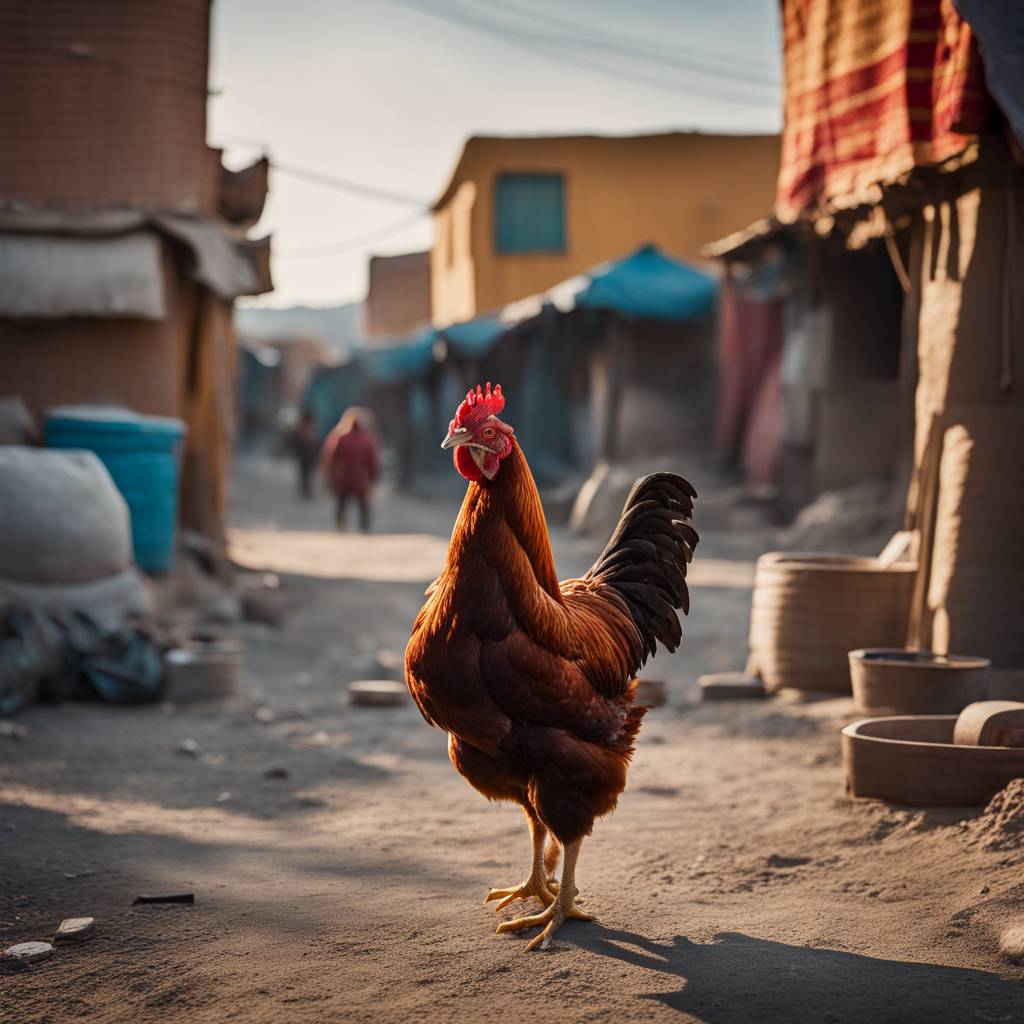An international team of scholars recently published a study in Nature Communications presenting the earliest archaeological and biomolecular evidence for the raising of chickens for egg production. The research, based on material from 12 archaeological sites spanning one and a half millennia, challenges previous beliefs about the ancient origins of the domestic chicken. The study indicates that chickens were widely raised in Central Asia from around 400 BCE to 1000 CE and were likely dispersed along the ancient Silk Road. The researchers argue that the loss of seasonal egg laying was the main driver for the dispersal of domestic chickens across Eurasia and northeast Africa.
The team collected tens of thousands of eggshell fragments from sites located along the main Central Asian corridor of the Silk Road. Using a method of biomolecular analysis called ZooMS, which can make species identifications from animal remains based on protein signals, the researchers were able to identify the source of the eggs as chickens. This methodology proved to be faster and more cost-effective than genetic analysis. Dr. Carli Peters, researcher at the Max Planck Institute of Geoanthropology and first author of the study, emphasizes the potential of ZooMS to shed light on human-animal interactions in the past.
The abundance of eggshells at the archaeological sites led the researchers to conclude that domestic chickens were laying more frequently than their wild ancestor, the red jungle fowl, which only nests once per year and typically lays six eggs per clutch. This discovery represents the earliest evidence for the loss of seasonal egg laying in the archaeological record. Dr. Robert Spengler, leader of the Domestication and Anthropogenic Evolution research group and principal investigator on the study, highlights the importance of this finding in understanding the mutualistic relationships between humans and animals that led to domestication.
By uncovering evidence of ancient chicken egg production in Central Asia, the study provides insight into how the ability to lay a multitude of eggs contributed to the widespread domestication and dispersal of chickens. The authors hope that this research will demonstrate the potential of new, cost-effective methods and interdisciplinary collaboration in addressing long-standing questions about the past. The study suggests that the domestic chicken, now a staple in diets worldwide, was valued for its prolific egg-laying abilities, which made it economically important and led to its global dissemination.
Overall, the study challenges previous assumptions about the origins of the domestic chicken and sheds light on the early practices of raising chickens for egg production. By analyzing eggshell fragments using biomolecular techniques, the researchers were able to identify the presence of domestic chickens in Central Asia during a specific timeframe and suggest that the loss of seasonal egg laying played a crucial role in the dispersal of domestic chickens. This interdisciplinary research highlights the importance of understanding human-animal interactions in the past and offers new insights into the domestication of one of the most economically significant animals in the world today.













